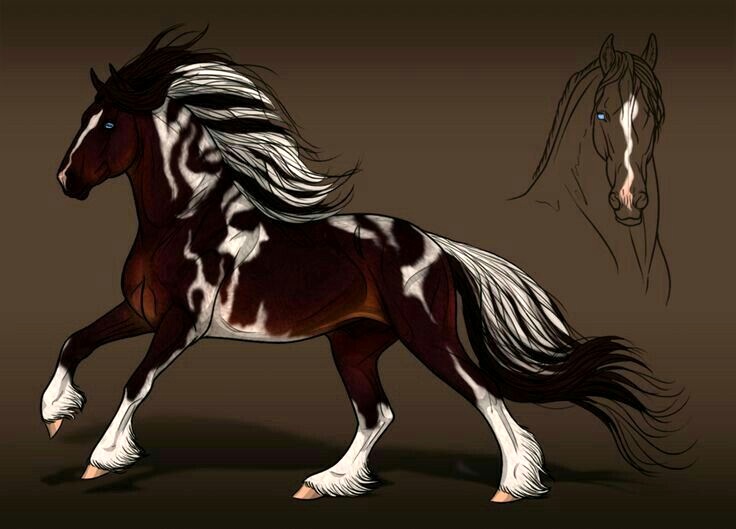Barrel racing is an exciting and fast-paced equestrian sport. It involves a horse and rider completing a pattern of barrels in a cloverleaf pattern as quickly as possible. It is a popular event in rodeos and equestrian competitions and is a great spectator sport. However, many people wonder if barrel racing is hard on a horse’s body and if it could cause long-term injury. This article will discuss the risks associated with barrel racing and the steps that should be taken to ensure the horse’s safety.
What Is Barrel Racing?
Barrel racing is a timed equestrian event where a horse and rider navigate a cloverleaf pattern around three barrels in the fastest time possible. The rider typically starts from a standing position, and the horse runs hard and fast around the barrels. The rider then leaves the barrels and gallops to the finish line. The fastest time wins the event. Barrel racing is a popular event in rodeos and horse shows and is a great spectator sport.
Risks of Barrel Racing
There are several risks associated with barrel racing that should be taken into consideration before attempting the sport. The most common risk is the potential for the horse to suffer an injury due to the tight turns and hard galloping. The horse may slip on the turns or may not be able to make the turn quickly enough, resulting in a fall or loss of balance. Additionally, the long, hard galloping stride required to complete the pattern quickly can place strain on the horse’s joints and muscles.
Another risk is the potential for the rider to become unbalanced or to lose control of the horse, resulting in a collision with the barrels. This can be especially dangerous if the rider is inexperienced or if the horse is not trained to handle tight turns. Additionally, some horses may become overly excited or “hot” during the race, resulting in a loss of control or an accident.
Finally, barrel racing can be hard on the horse’s hooves. The hard galloping and tight turns can cause the hooves to wear down more quickly, leading to lameness or other hoof problems.
Steps to Minimize Risk
There are several steps that can be taken to minimize the risks associated with barrel racing. First and foremost, the horse should be in good physical condition and have strong joints and muscles. The horse should be well-trained and have experience with tight turns, galloping, and other maneuvers that may be encountered during the race. Additionally, the horse should be shod with proper horseshoes to reduce the risk of hoof problems.
The rider should also be knowledgeable and experienced in barrel racing and should be aware of the proper technique for turning and galloping. The rider should practice the pattern frequently and be aware of the horse’s physical limits. It is also important for the rider to maintain control of the horse during the race and to be prepared to stop the horse if necessary.
Finally, it is important to use the right equipment during barrel racing. The saddle should fit the horse properly and the stirrups should be adjusted to the correct length. The reins should be attached to the horse’s head and neck and should be held in a relaxed manner. A good quality bridle and bit should also be used to ensure the horse is kept under control.
Conclusion
In conclusion, barrel racing can be hard on a horse’s body if the proper precautions are not taken. The horse should be in good physical condition and have strong joints and muscles. The rider should be knowledgeable and experienced in barrel racing and should be aware of the proper technique for turning and galloping. It is also important to use the right equipment during barrel racing and to be prepared to stop the horse if necessary. By taking these steps, the risks associated with barrel racing can be minimized, allowing the horse and rider to enjoy the sport safely.

